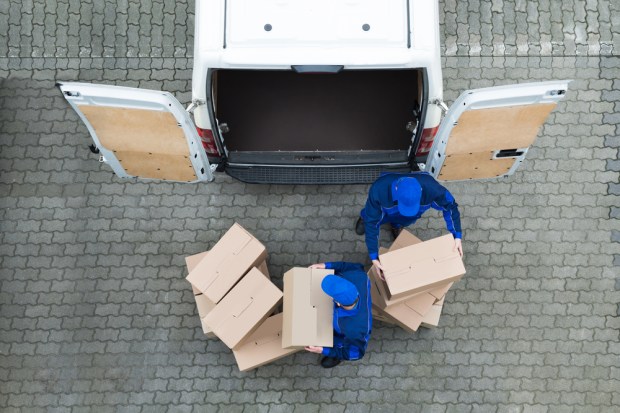Can Data Analytics Make Parcel Delivery Smarter?

Despite the enormous infrastructures and logistical technology the top delivery companies are using today, getting packages where they need to be — as fast as they need to get there — is still a struggle for many.
For UPS and the U.S. Postal Service specifically, Forbes reported that the biggest challenge is the last mile from a distribution center to the customer’s doorstep.
“Last-mile delivery suffers from a number of complexities that are different from other parts of the supply chain,” Matthias Winkenbach, director of MIT’s Megacity Logistics Lab, told Forbes. “One issue is they’re extremely vulnerable toward dynamically occurring disruptions, like traffic accidents or just traffic jams or weather influences.”
Though this piece of the supply chain has yet to be fully optimized and streamlined, there’s a possibility that data analytics could make all the difference.
Winkenbach and his team at MIT are working with companies to bring data analytics into the last mile of their delivery operations, helping to make the delivery of merchandise from regional warehouses to a customer’s front door as efficient as it can be.
“With most of the companies that we work with, we see they have all this data, but they struggle to connect the dots — connecting different sources of data to generate insights out of them,” Winkenbach explained. “The most important source of data is actually the companies’ operations themselves. For instance, we work with a lot of manufacturers and retailers who do their own delivery. Most of these vehicles carry GPS sensors or other telemetry-capturing devices. They have high-resolution data on how the vehicles move and all other sorts of data that they capture but hardly ever use.”
Data analytics can empower companies to introduce logistical efficiencies by utilizing information, such as real-time traffic data, for better insight into highly congested delivery areas.
“Nearly every organization and individual in the supply chain can potentially be impacted by these technologies,” he said. “From the people who load items for delivery into trucks to the consumers who answer their doorbells and receive their packages.”
